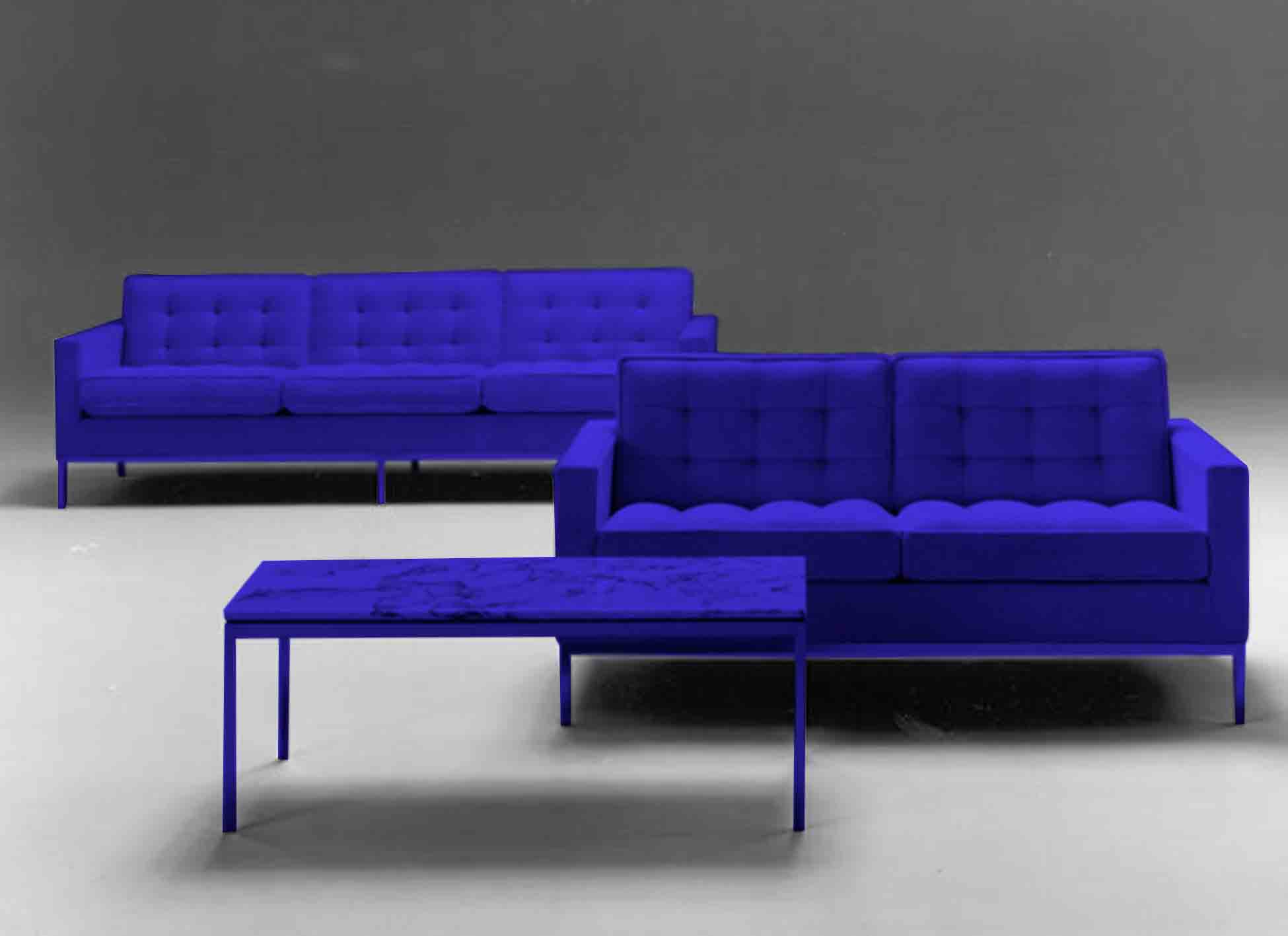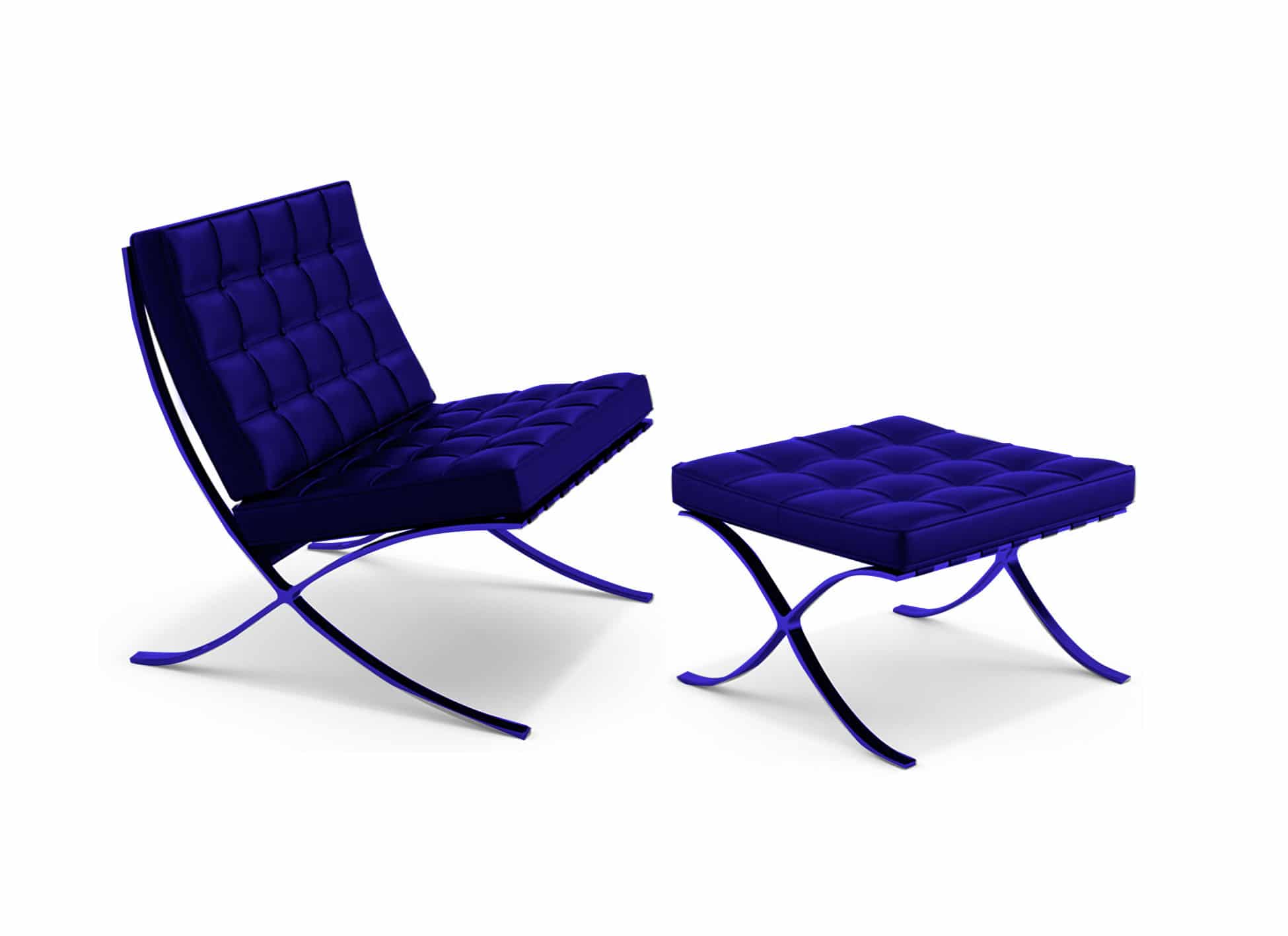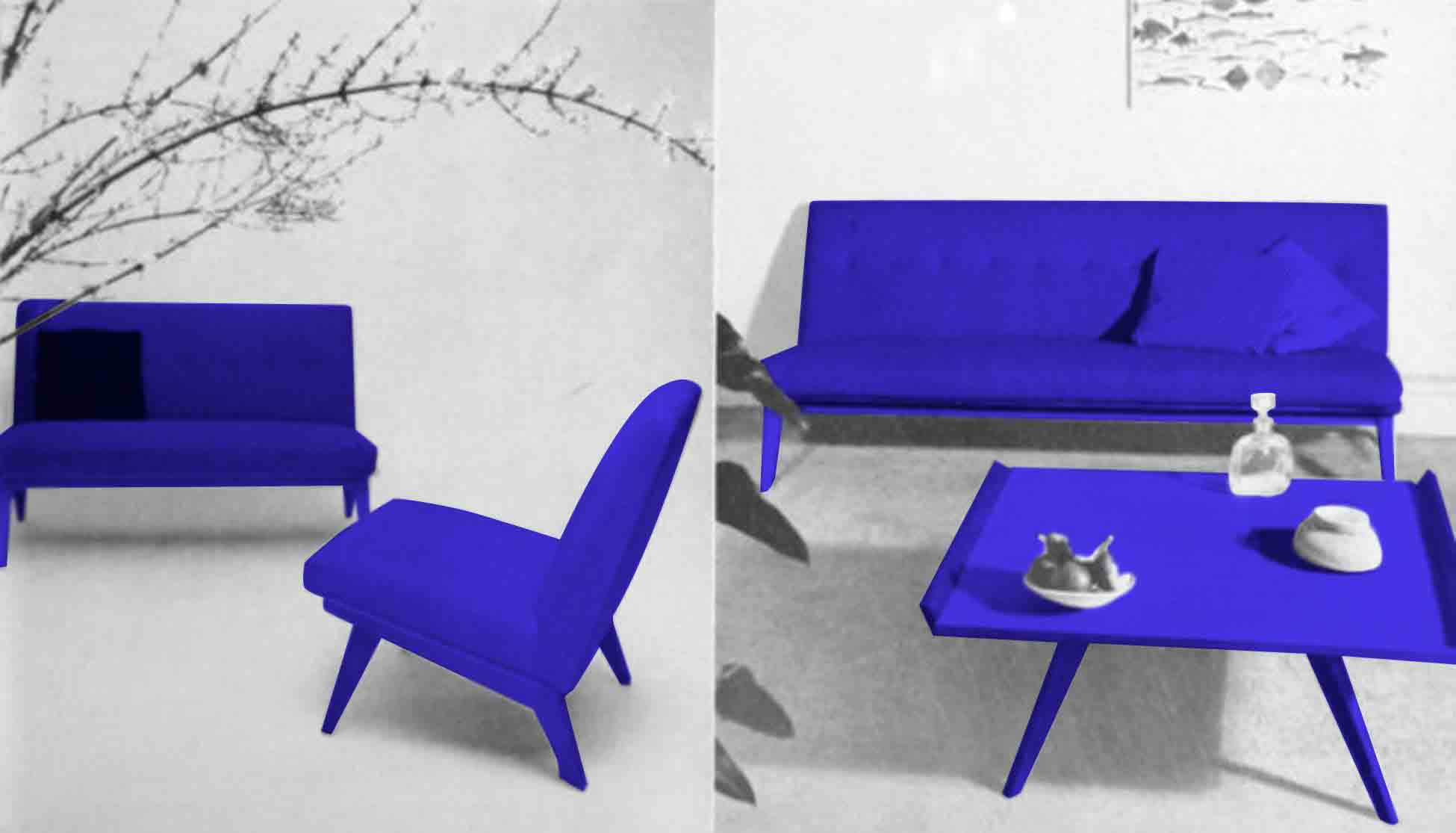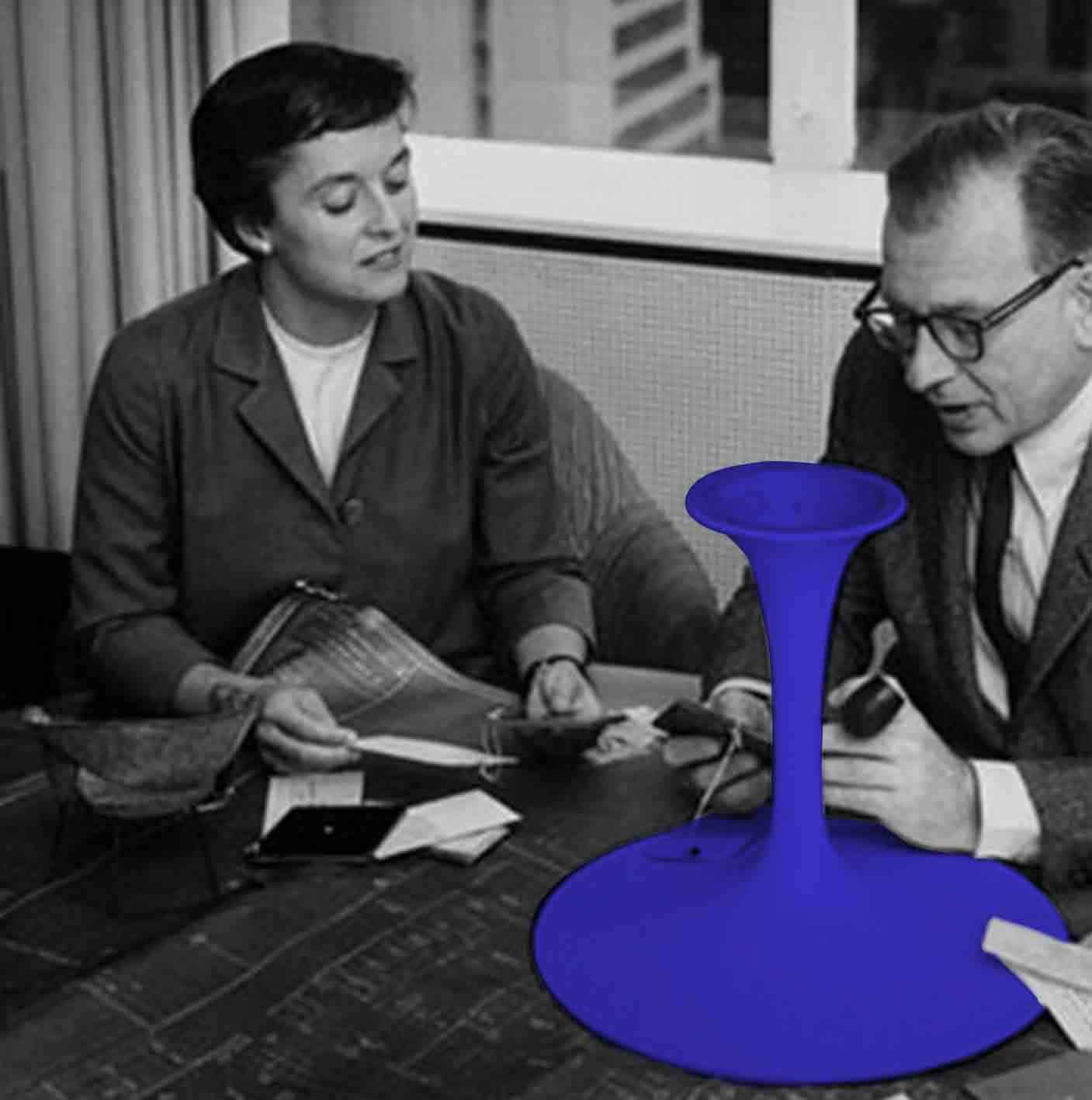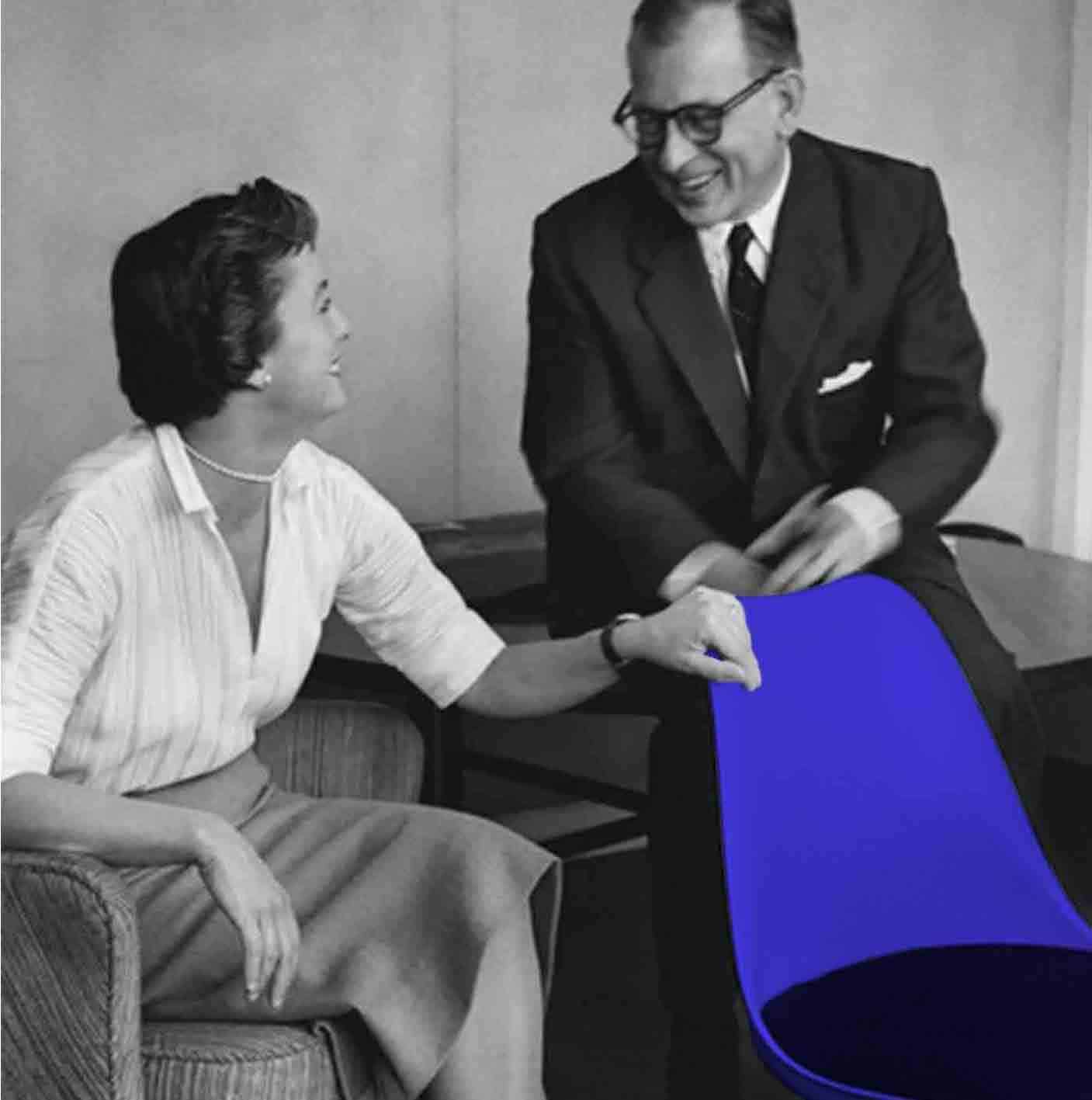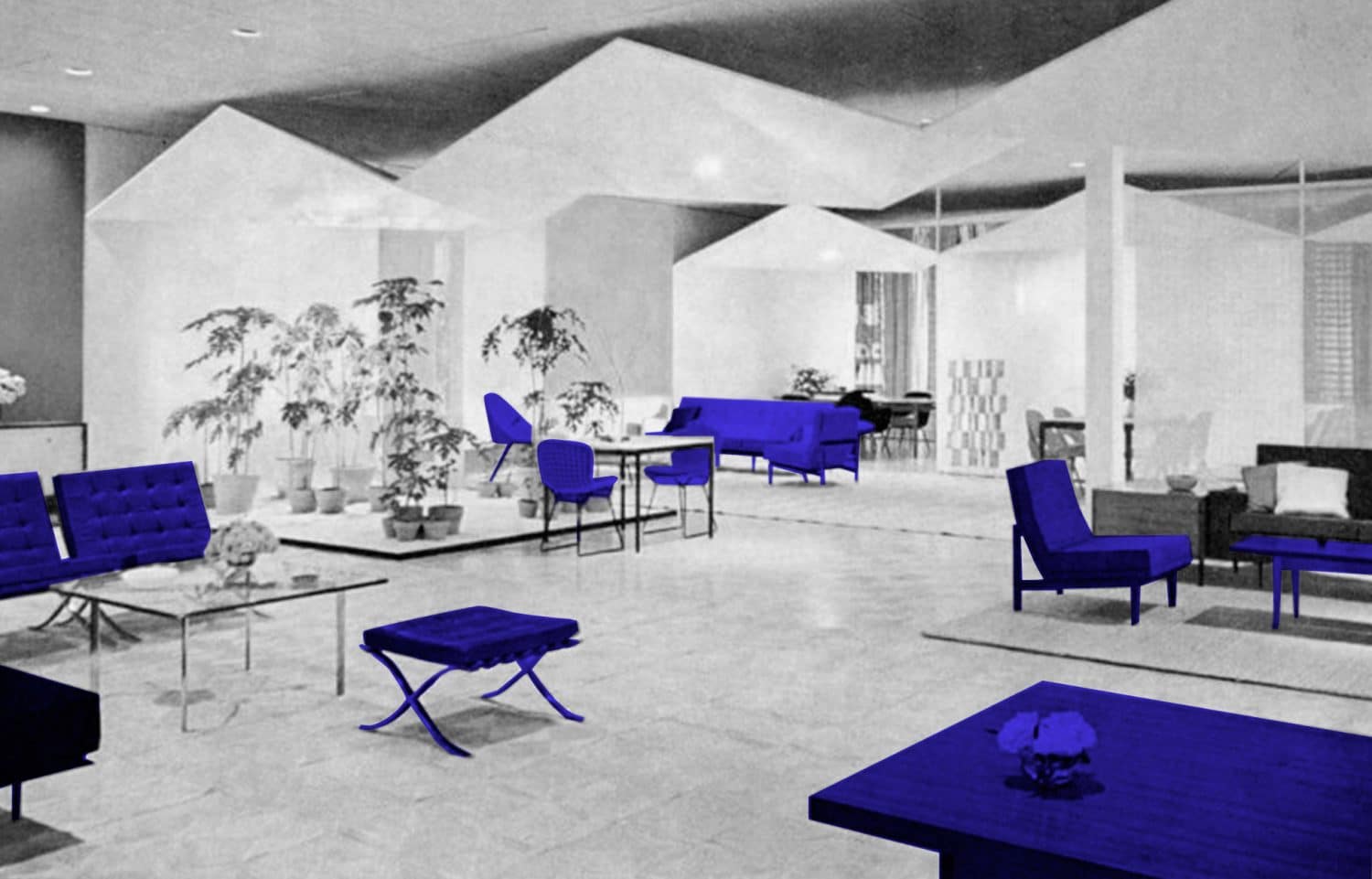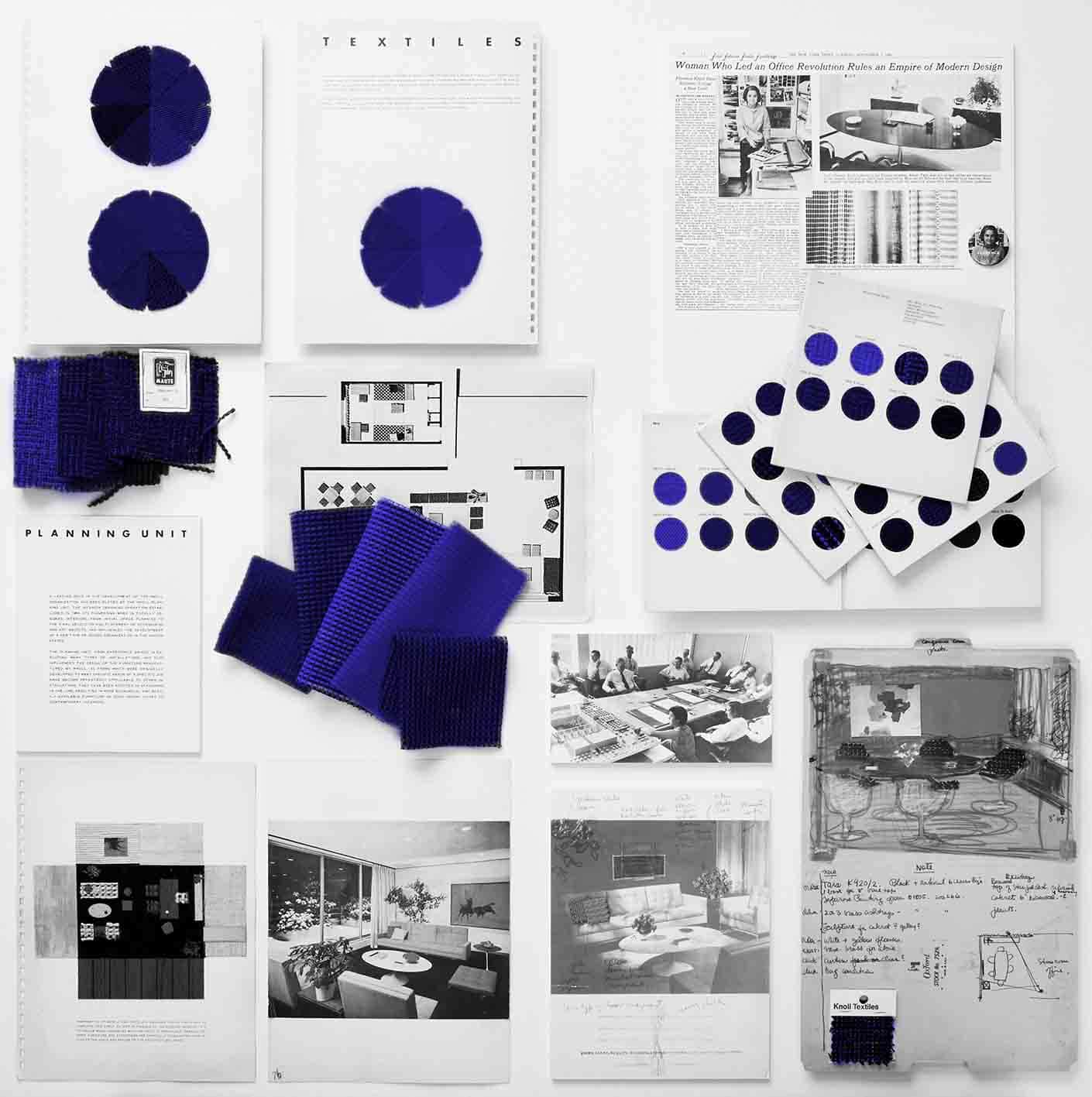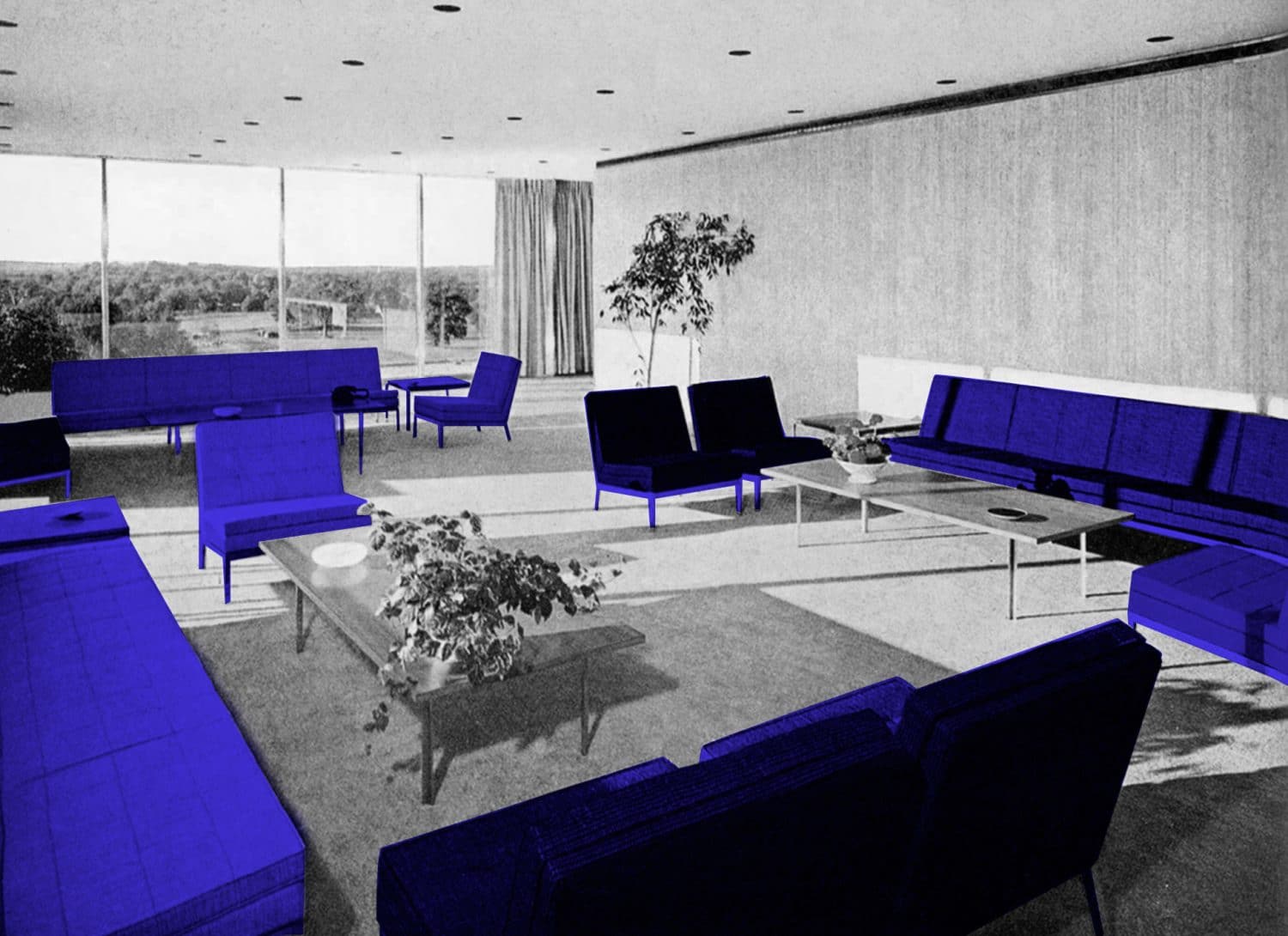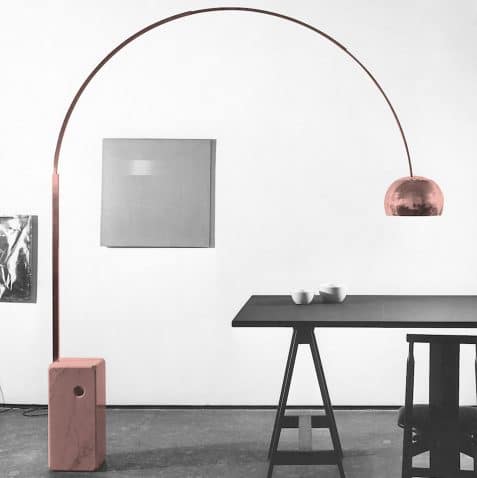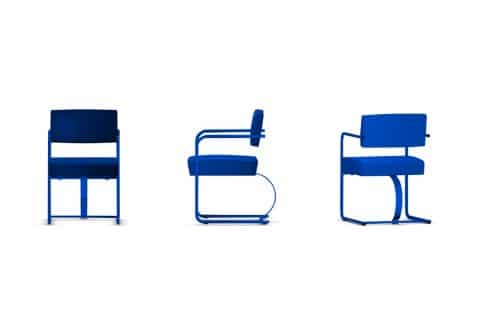INTERIOR
Florence Knoll y el diseño de Knoll Associates #Florence Knoll
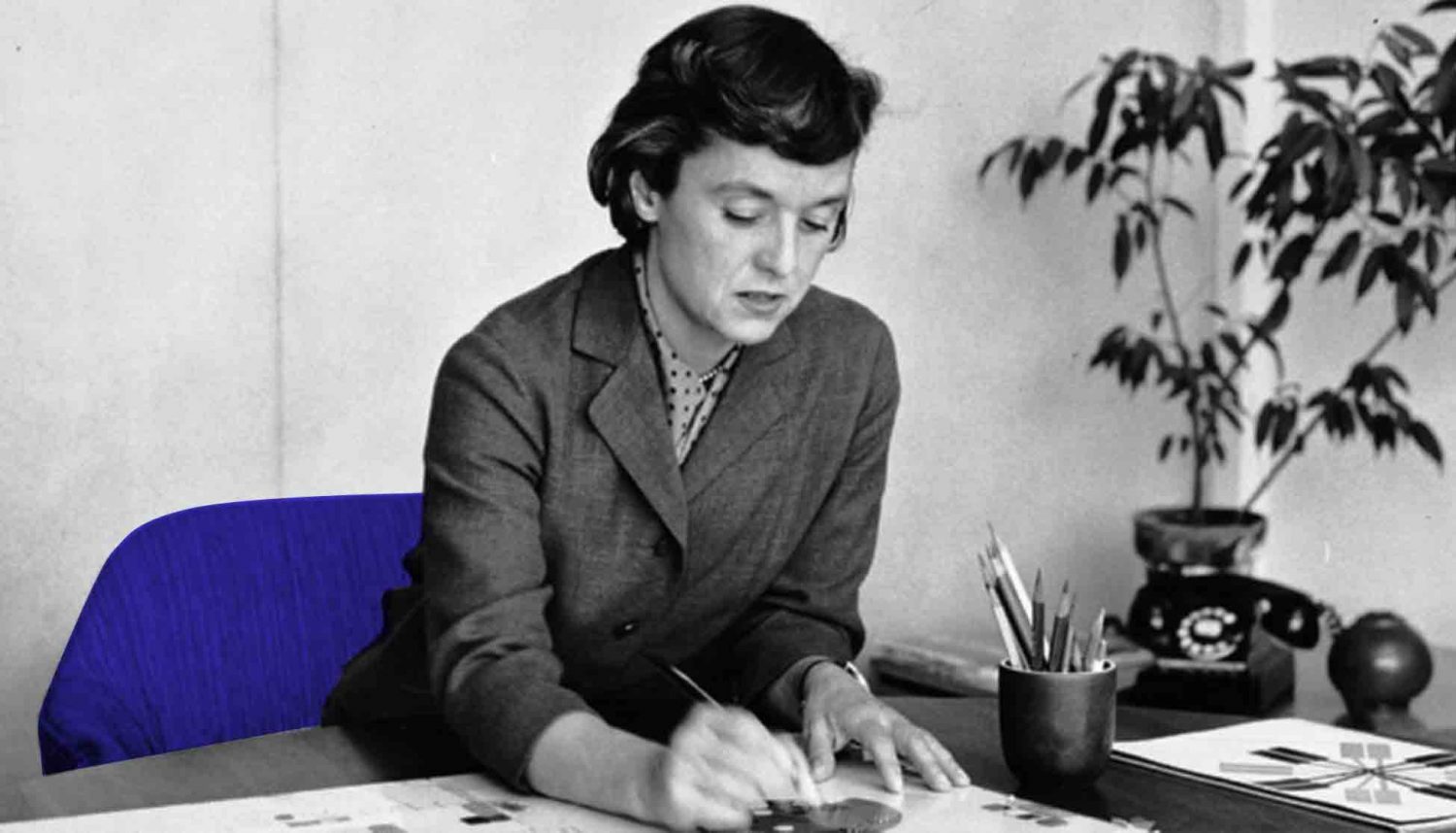
Knoll Associates created in the late 1940s the image of the modern and elegant corporate interior, a necessary continuation of the architecture of the steel and glass skyscrapers that the United States was then exporting to the rest of the world. Florence Knoll was responsible for the company to move from selling furniture for the home to embody the image of modernity.
While Hans Knoll, owner of the company and later her husband, was in charge of the commercial part of the business, Florence Knoll, née Schust, defined the line of the company’s catalog, for which she also designed several pieces, directed her interior design Planning Unit and, after the early death of her husband, she presided over the company. Trained as an architect first in the Cranbook Academy, later in the Architectural Association in London and finally in the IIT’s Armour Institute, she clearly saw the need to create interiors consonant with the new modern age.
We weren’t making history, we were making designFlorence Knoll
While Hans Knoll, owner of the company and later her husband, was in charge of the commercial part of the business, Florence Knoll, née Schust, defined the line of the company’s catalog, for which she also designed several pieces, directed her interior design Planning Unit and, after the early death of her husband, she presided over the company. Trained as an architect first in the Cranbook Academy, later in the Architectural Association in London and finally in the IIT’s Armour Institute, she clearly saw the need to create interiors consonant with the new modern age.
Thanks to Florence Knoll’s contacts in the world of architecture, Knoll Associates incorporated into its catalog some classic pieces of the history of modern design. For example, the Barcelona armchair, designed by Mies van der Rohe, her professor at the IIT, or the Tulip chair, the work of Eero Saarinen, a friend of Florence from her time at the Cranbook Academy. Over time, Knoll Associates incorporated also works by other architects from around the world, such as the Italian Franco Albini, the Swiss Pierre Jeanneret or the Argentine group Austral, which included Spanish exiled Antonio Bonet. It also commissioned pieces from artists such as the sculptors Isamu Noguchi or Harry Bertoia.
As director of the Knoll Associates Planning Unit, Florence Knoll was in charge of the interior design of the company’s offices and showrooms, as well as the interiors of the many emblematic buildings, such as the Conneticut General Life Insurance Company, by Skidmore, Owings and Merrill or the CBS building by Eero Saarinen, where she tried to continue the architects’ work.
